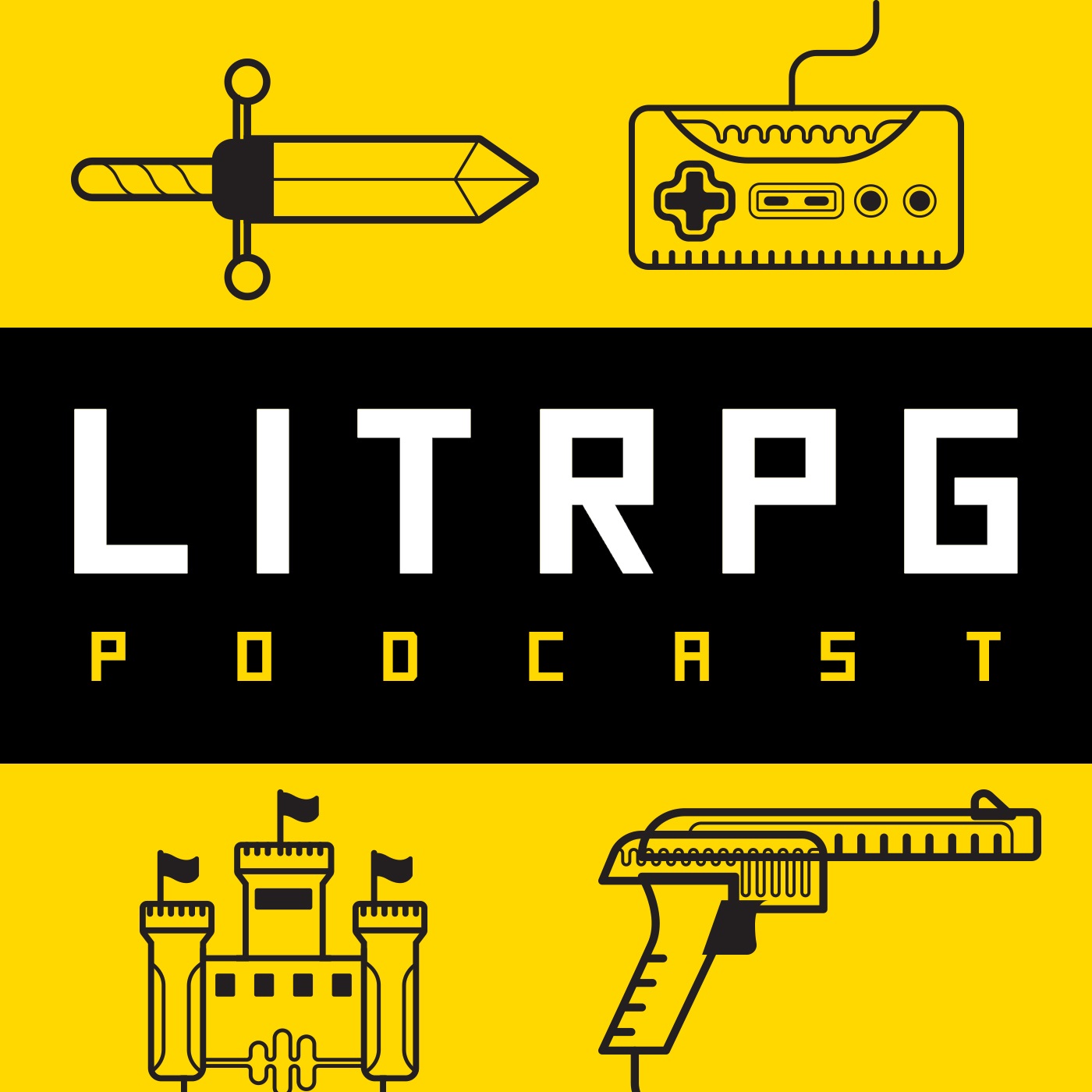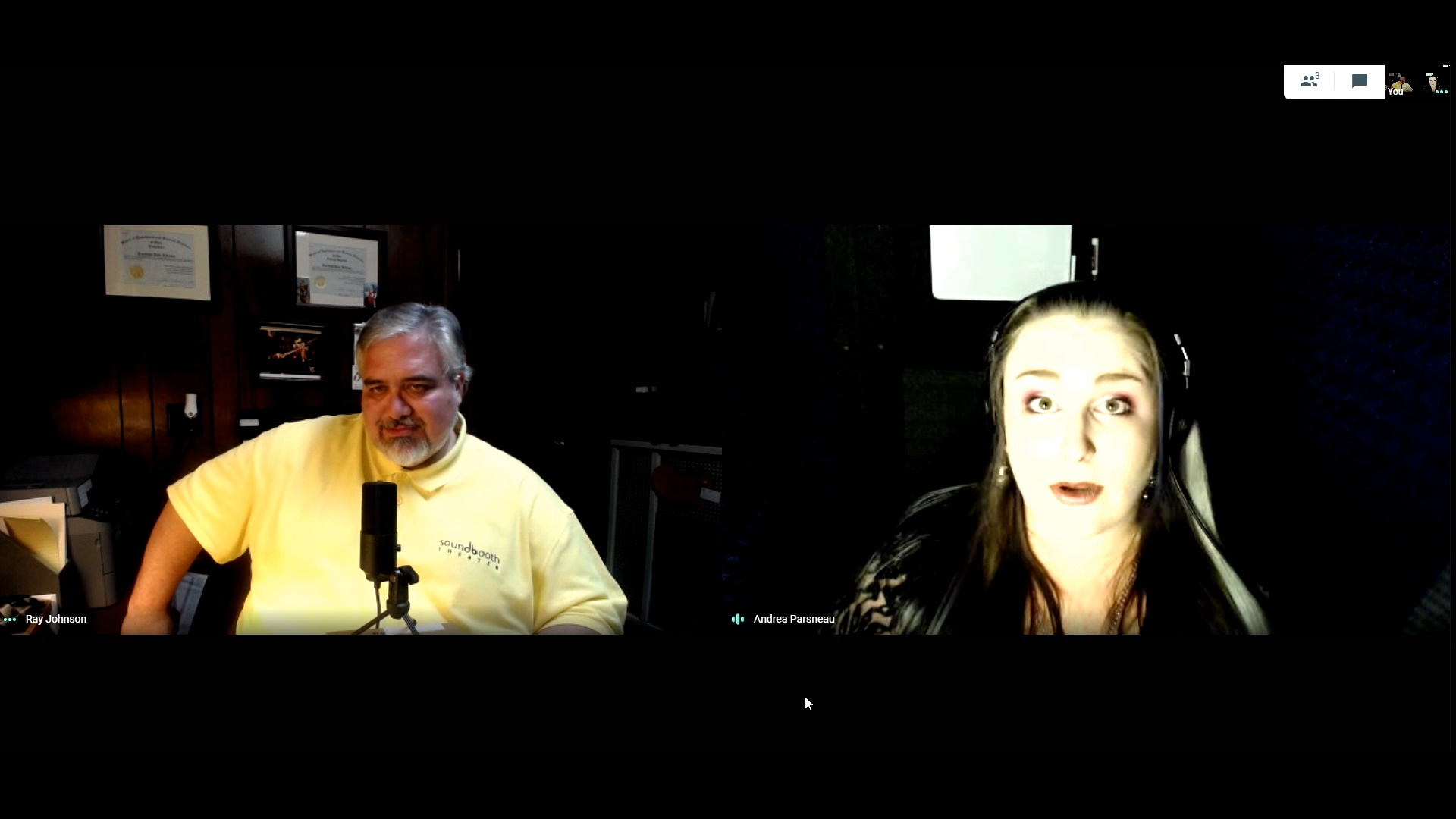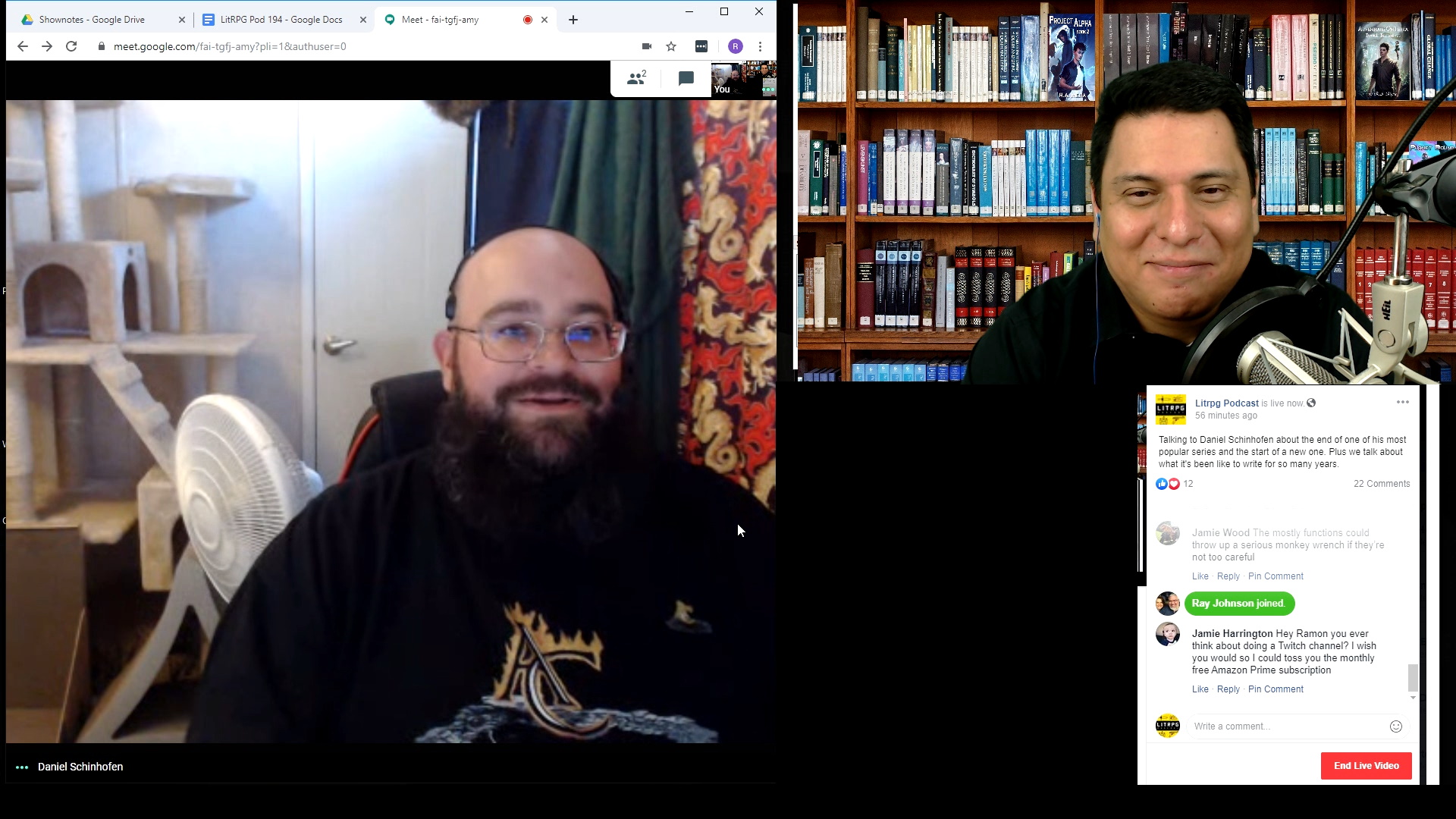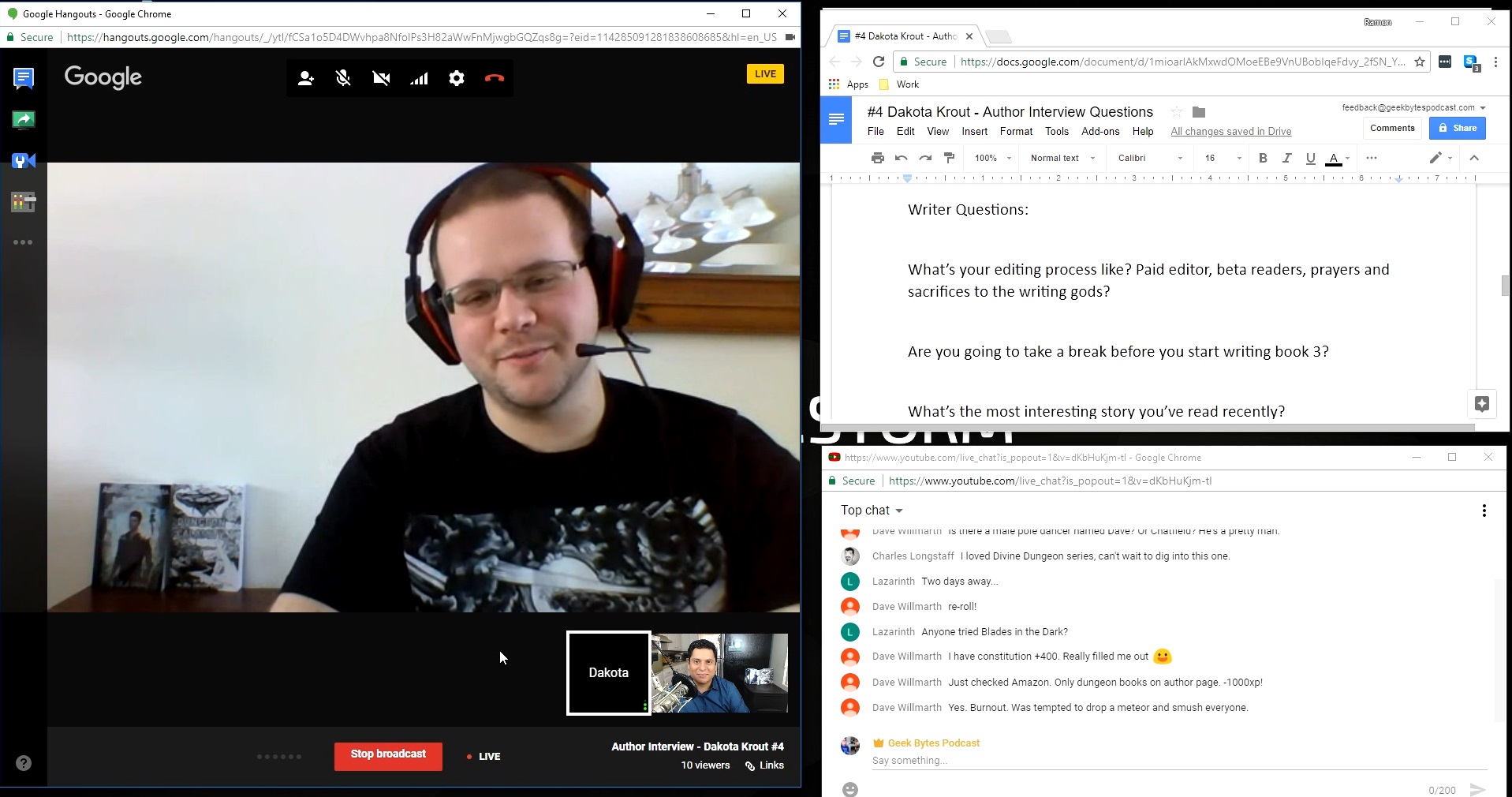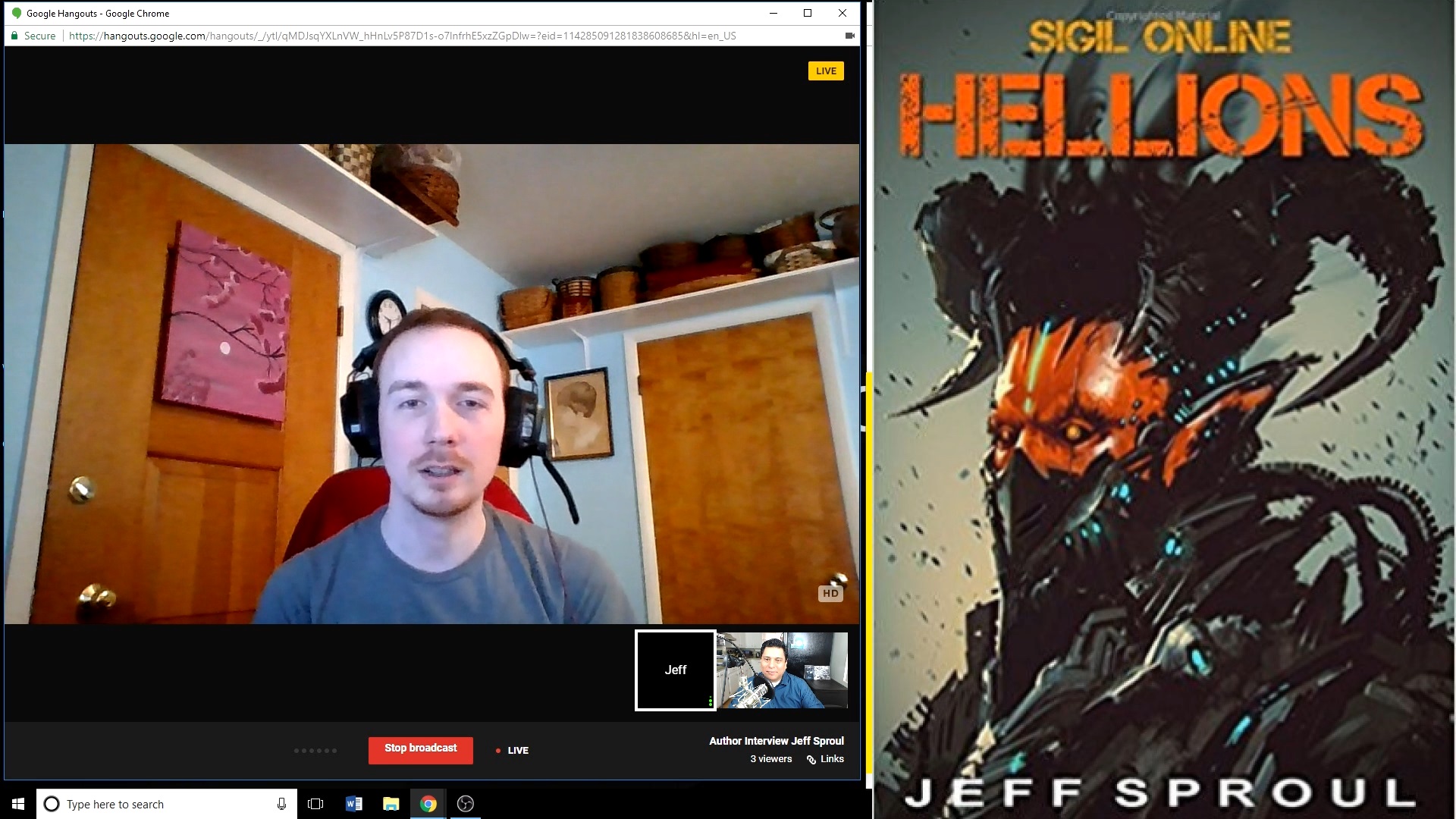Written by: Ramon Mejia
April 1, 2015
Where to buy: Steam
Review: 8 out 10. Not a perfect game but a great successor to classic computer RPGs.
Pillars of Eternity is a fantasy computer role-playing game (CRPG) from Obsidian Entertainment for Microsoft Windows, OS X and Linux. Released 3/26/15 the game was crowd funded by over 73,000 fans and raised almost $4 million dollars. Having played the game now for about 60 hours over the last week, I couldn't help compare the game to some of the most popular PC isometric RPGs of all times. Titles like Baldur’s Gate, Icewind Dale, Planescape and early Fallout games. Pillars of Eternity feels both familiar and yet different enough that it doesn't feel like a copy of those earlier CRPGs.
If you have ever played a CRPG, then the game will feel familiar in graphical texture and general game mechanics. The story unfolds through static graphical images with narration and through conversations with characters. During conversations you have 3-4 conversation choices generally. You can get extra conversations choices depending on skills, stat, or class choices you made while leveling up. Combat is in real time with the option to freeze combat by pressing the space bar. This allows time to issue orders to your group of adventurers. Most of the classes are similar enough to other RPGs that it is pretty intuitive to figure out their roles in group combat. However, it is the ways that Pillars of Eternity is different from classic CRPGs that keeps it interesting and keeps me up late at night playing.
Classes, Races, and Stats
The team at Obsidian decided not to use the classic D&D rule set but instead come up with their own original setting including spells, powers, player stats, and character classes. Obsidian has been pretty frank as to why they went with this decision. Anyone who’s played a Dungeons & Dragons CRPG knows that it’s pretty easy to create a messed up character. Often you end up just maxing out a characters main attributes and letting the other stats suffer. Thus you end up with Barbarians with high strength but are dumb as rocks because they have no intelligence or wisdom. Another common classic build is the Glass Cannons, Wizards/Sorcerers with high spell power but almost no hit points. No joke, players would spend hours or days planning out their characters levels before even starting a game. Obsidian deliberately set out to solve this common problem.
Obsidian Entertainment remade their attribute and character class system. There are six attributes or stats that can be changed when you create a character: Might, Constitution, Dexterity, Perception, Intelligence, and Resolve. The attribute Might controls all damage. Constitution influences health and endurance. Dexterity affects action speed, reflex and some deflection (whether you get hit by weapon). Perception affects deflection, interrupt, reflex and ability to sense traps. Intelligence impacts duration and area of effect of all abilities and spells. Resolve influences concentration and deflection. All classes can just put points anywhere and they’ll get the appropriate benefit. So for example, if the character is going to be a damage dealer, regardless if they are a mage or warrior, that character would put some extra points into Might. However Intelligence controls radius and duration of abilities. So you can have a high intelligence Barbarian with a long timers or large range for his killing abilities. Note that in combat you’ll lose endurance and pass out only losing health over several battles. So having high Constitution for anyone who will be taking direct damage is a big plus not for the health benefits but for the high endurance.
There are skills that you can put points into each level: Stealth, Athletics, Lore, Mechanics, and Survival. These skills are pretty standard. Want to be sneaky and not get spotted when stealing or in stealth mode? Invest in Stealth. Want to be able to disable traps and locks? Invest those points in Mechanics. Lore lets you use scrolls. Higher lever the scroll the higher Lore score you’ll need. Higher Athletics lets you go through more fights and exploring longer without getting “tired” which gives combat penalties till you rest or camp. Survival just seems to give you a bonus to how long a consumed potion or meal will give its bonus. Additionally having a particular skill, at a high enough level, may give you additional conversation options.
There are eleven character classes: Barbarian, Cipher, Fighter, Paladin, Ranger, Wizard, Chanter, Druid, Monk, Priest, and Rogue. Most of the classes have familiar abilities and roles. Barbarians have rage abilities that grant extra damage. Ciphers cast a variety of offensive and mind control spells. Fighters have the most flexibility and can take either defensive or offensive abilities. Paladin get a defensive bonus as long as the groups actions stay aligned with the god chosen during character creation. So evil murdery choices will turn your good Paladin into a less capable group member. Rangers get a pet to distract or attack enemies. Wizards get a variety of spells and can learn more spells from any spell book they find for a fee.The Chanter can be thought of as a Bard that can cast while still fighting. Druids mostly have offensive spells and a limited number of healing spells. Additionally Druids can shape change into a animal form for extra damage and small bonuses. The Monk has powerful unarmed abilities. Priests have the most healing and support spell though they also have a few nice offensive ones too. The Rouge gets bonus damage when they attack while in sneak mode and they gets a +1 bonus to sneak and mechanic skills. Each character generally has abilities that have a limited number of uses per day or fight (called encounter). Some of the magic classes have to build up energy to use their abilities. Ciphers get a pool of psi points to use in each fight but when they run out they have to do combat damage to refill them. Chanters will start chanting immediately once combat starts but need to wait till a certain number of chants (starting at three) to actually cast a limited number of spells. Monks need to take damage to earn Wounds that they use to power their abilities. From this general description you might already be putting classes into traditional roles of ranged and front line fighters. This game however gives you choices.
What is really great about the classes in Pillars of Eternity is that no class has to be pegged into a particular role. Additionally since you can create hirelings from scratch at any inn you get to experiment with different class builds without having to start the game over. This is something I wish I knew before I spent my first ten hours with the game replaying the first hour again and again testing out each class and their abilities.
There are six races of which only one, the Godlike, look new to anyone that has played a fantasy game. Races: Human, Aumaua (half-giants), Dwarf, Elf, Orlan ( aka hobbits), and Godlike. The Godlike are “children of the kith ("civilized" races) who have been blessed with physical aspects associated with the gods (though some do not consider it a blessing). These aspects may take many forms and often come with mystical powers” (http://pillarsofeternity.gamepedia.com/Race). The Godlike have these weird looking heads that correspond to the god they take after. Fire God equals fire head. Water god gets you a water head. Etc. The other races are pretty standard with each gaining a 1-2 bonus to one stat and a small unique ability usually. However no race really makes or breaks a class so you could choose any combination you like and be just fine.
Combat
Combat is where Pillars of Eternity really shines. Each group of monsters or enemies has different behaviors and require different tactics. Trolls for example travel in forests in groups of 1-2 generally and are tough. You can have one melee class catch his attention and everyone else unload at a distance or just have everyone attack at one and you’d be fine. However, try that tactic with a nest of vampires and undead and you’ll end up having the vampire mind control your members and turn against you. Each level or group of monsters usually require some different tactic. It’s this ever changing nature of combat that is the greatest draw for me. Make sure you save often. Because your group of adventurers will all be knocked out, thus losing the game, on more than one occasion. Don’t change tactics when you meet a new enemy? You’ll wipe out. Try to just auto pilot during a fight? You’ll wipe out. Don’t camp often enough to restore hit points or fatigue? You’ll soon wipe out and by the way there is permadeath if one of your group members loses all his/her health.
Story
The story in Pillars of Eternity is not the most original but it still plays out well. Without spoiling any details the story sets up in the first hour this way: Bad things happen when a caravan you’re with stops for the night on the way to settle a new town. While fleeing with some of the caravan you see something that grants you a chosen one status. You must now quest and learn what this means for you and the world.
Characters you meet on your journey have their own stories and quests you can chose to follow up or not. Characters you create at an inn, for a fee, to join your group do not have any unique quests.
Interestingly enough the choices you make during the game have long and short term impact. For example, on an initial play through I decided to make some jerk conversation choices not thinking much of it. . When I played through that same scenario with a second character and was nicer I found that I got extra quests from that character now and nice little discount on the stuff they sold. In Pillars of Eternity this can affect your reputation with that non player character (NPC), the city, or with larger groups. Side with one group over their rival and you may lose all the quests and story associated with that other group. I even found that my jerk conversations choices had earned me a reputation with certain merchant groups as a bad guy and they refused to do business with me.
The Keep
One more interesting difference between Pillars of Eternity and other CRPGs is the keep you earn during the first act of the game. This keep acts a home base that you can upgrade and repair. Depending on what you chose to do, this keep can earn you a steady stream of income through taxes, attract merchants to sell you loot, or attract bandits to rob you if you never fortified the place or hired guards. This mini city building aspect of the game can be a nice break from the quest grinding that tends to happen in other CRPGs. Additionally, the keep has its own quest line that will pit you against some of the game’s most interesting and challenging fights.
Final Thoughts
If you loved early 1990-2000 computer RPGs, buy this game now. You’ll love it. It will evoke nostalgia galore and still keep you interested with its combat systems and story line. If you never played a computer RPG you might find the games control scheme takes some getting used to but as long as you like a good fight or good story you’ll still have a good time.
